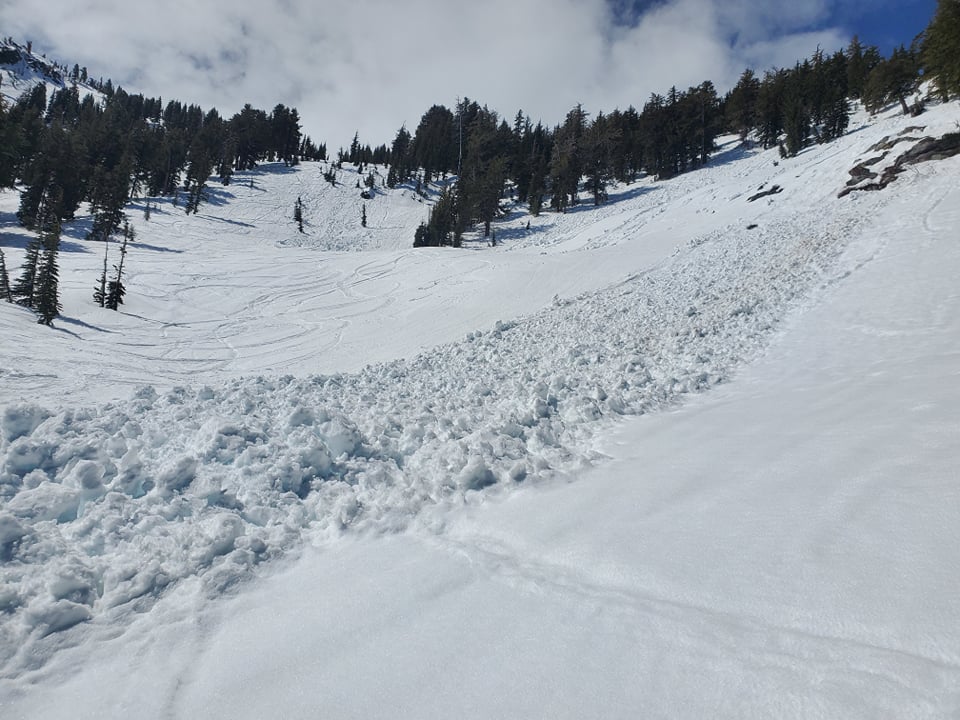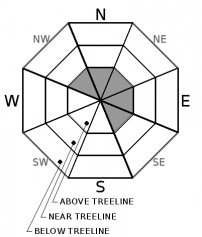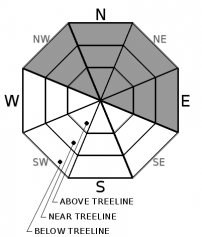| Saturday | Saturday Night | Sunday | |
|---|---|---|---|
| Weather: | Partly cloudy. Isolated showers in the afternoon. Snow levels 7000 feet increasing to 8000 feet in the afternoon. Chance of precipitation is 15%. | Mostly cloudy then becoming partly cloudy. Snow levels 8000 feet decreasing to 7000 feet after midnight. Chance of precipitation is 5%. | Partly cloudy then becoming sunny. Snow levels 7000 feet. Chance of precipitation is 10%. |
| Temperatures: | 44 to 50 deg. F. | 26 to 31 deg. F. | 43 to 49 deg. F. |
| Mid Slope Winds: | West 5 to 15 mph. Gusts to 25 mph in the afternoon. | Southwest around 15 mph with gusts to 25 mph. | Southwest around 15 mph with gusts up to 25 mph. |
| Expected snowfall: | No accumulation. | SWE = trace amounts. | No accumulation. | SWE = none. | No accumulation. | SWE = none. |
| Saturday | Saturday Night | Sunday | |
|---|---|---|---|
| Weather: | Partly cloudy. Isolated showers in the afternoon. Snow levels 7000 feet increasing to 8000 feet in the afternoon. Chance of precipitation is 15%. | Mostly cloudy then becoming partly cloudy. Snow levels 8000 feet decreasing to 7000 feet after midnight. Chance of precipitation is 5%. | Partly cloudy then becoming sunny. Snow levels 7000 feet. Chance of precipitation is 10%. |
| Temperatures: | 38 to 44 deg. F. | 22 to 27 deg. F. | 37 to 43 deg. F. |
| Ridge Top Winds: | West 15 to 25 mph. | Southwest 15 to 20 mph with gusts to 30 mph. | Southwest 15 to 20 mph with gusts to 30 mph. |
| Expected snowfall: | No accumulation. | SWE = trace amounts. | No accumulation. | SWE = none. | No accumulation. | SWE = none. |























